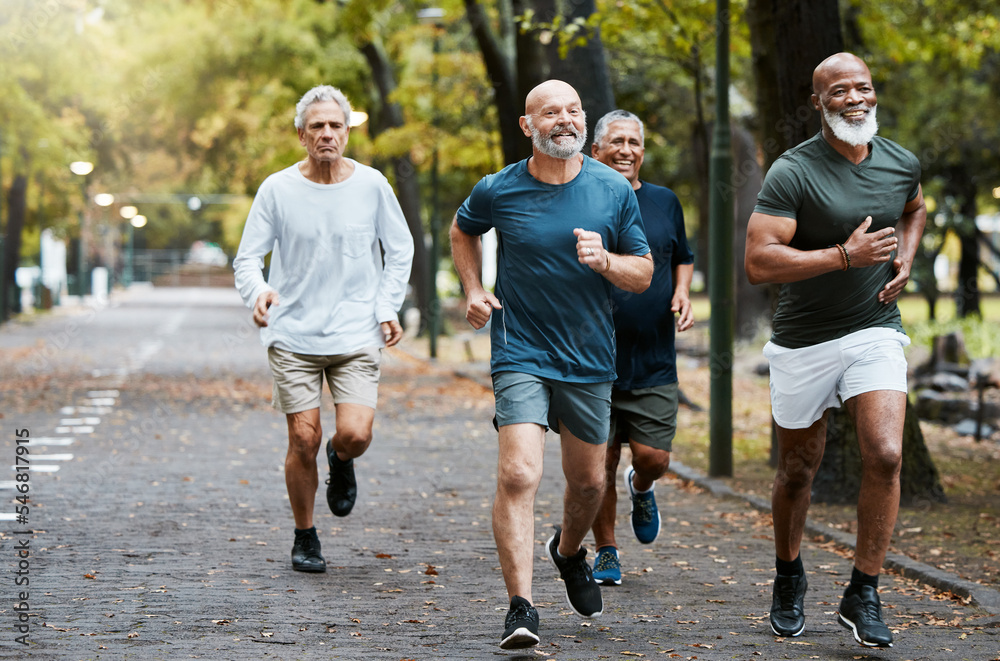6
Section One: The Fundamentals
A) Keywords
Exercise 1:
Provide a brief definition of one of the padlet keywords for this week.
| Third age:
The Third age is the point in someone’s life where they are retired from highly intense or competitive sport or work. At this stage people find more time to enjoy sport for leisure while still keeping goals and sports values in mind. This stage health is a big factor because as people age injuries and other health risks become more likely. |
B) The Social Significance of Aging in Sport
Exercise 2: Notebook Prompt
How is old age popularly represented today? Find an image online that you think exemplifies one defining attitude towards old age and paste in your notebook below with a brief explanation of what this image means to you.
| Old age today is popularly represented in sport by people who are demonstrating excellence in sport at an old age. Thus, creating the story that these type of things are possible for someone at any stage of their life.
This image demonstrates 4 old men exercising in the form of running. This image represents the ability to better yourself at any stage in your life. To set goals for yourself rather than comparing to others that may have an athletic advantage based on their age. |
Exercise 3: Notebook Prompt
What does the article (referencing another study by Dionigi) mean by its statement that sport can help aging people to simultaneously “accept and resist the ageing process” (572)? Respond by audio or text and find paste two images sourced online into your notebook showing how sport might help aging people to both accept and resist the aging process.
| Sport can help someone accept the aging process by allowing people to experience it together. By playing sports with people that are at a similar point in life an athlete may witness the positives they can still experience at that stage of their life. Sport might also help resist the aging process because the health benefits of staying healthy along with keeping your mind active, can mitigate many of the health risks that come with aging. |
Exercise 4: Notebook Prompt
Who are the groups less likely to have extensive opportunities to take part in sports, according to Pike? How does privilege factor into aging and sport? (200 words max)
| Women are less likely to have opportunities to take part in sport due to confidence of their sports abilities. The fear of being embarrassed is taking away from women in sports willingness to try to experience the sporting world. This connects to aging because as people age their confidence in their athletic ability also goes down. This can be solved by communicating these issues in order to make playing sports a more welcoming endeavor.
|
Exercise 5: Padlet Discussion
Why do you think age discrimination is “reported more than any form of prejudice” with older people presented as a threat to social values and interests? Feel welcome to use video in your responses. Paste your comments (or transcript of your video) below!
| I believe that age discrimination is most common because it is thought as normal to talk about the negative aspects of aging, ignoring positives. People feel less guilty showing prejudice toward old age because it is something they also expect to experience. I also believe the discrimination is a result of the belief that sports are unsafe at at certain age because of the increased risk of injury or illness. This belief is wrong because the benefits of playing sports massively outweigh the risk because of the sports values and the well-being that comes with being an athlete.
|
B) Older Women and Sport
Exercise 6: Notebook Prompt
What differences do you see in these ads? Which one is more inclusive? How is age represented or not represented in each? Answer these questions in your notebook.
| The first ad showed excellence at the most elite level of sport, while the second ad showed achievable excellence displayed by people working hard to achieve a goal. The second ad is more inclusive because it had athletes of all ages displaying some of sports values in a way that all ages can relate to.
|
Exercise 7: Notebook Prompt
In her article, “Assessing the sociology of sport: On age and ability,” Elizabeth Pike references a “trend towards a ‘feminisation of ageing’, with many women living longer than men” (573). Do you agree that aging has been “feminized” in this way? How? Answer these questions in your notebook.
| Yes, because on average there are more obstacles or hardships a woman may have to endure in order to play sports. These may be narratives that woman can’t be athletes or there is no future in sports for woman. This movement of women getting into sports does connect to aging in sport because it is about women a any point in their life breaking the narrative in their head that sports are not for them.
|
Section Three: Module Mini Assignment
| The critics of pickle ball as a sport trend exist because of pickleballs inclusivity, the sport is new in many areas and not very physically demanding, which makes people feel welcome to it. Much like other ‘sport trends’ it is a sport that is easy to pick up, without many people who feel the need to master it, creating an abundance of friendly competition. The issues come with the representation of pickleball as a sport that depicts weakness, putting down the people who compete in the sport. It depicts these people as lesser athletes than for example, tennis players, who are seen as faster, stronger and more athletic. The ageism connected to pickleball makes the sport exclusive to just people who fall in that age category.
|


